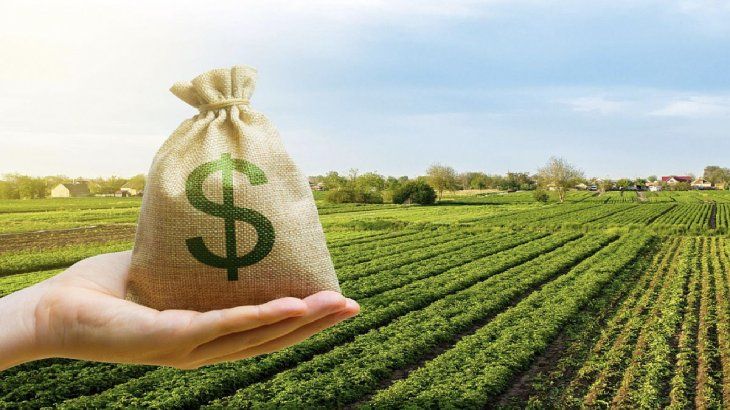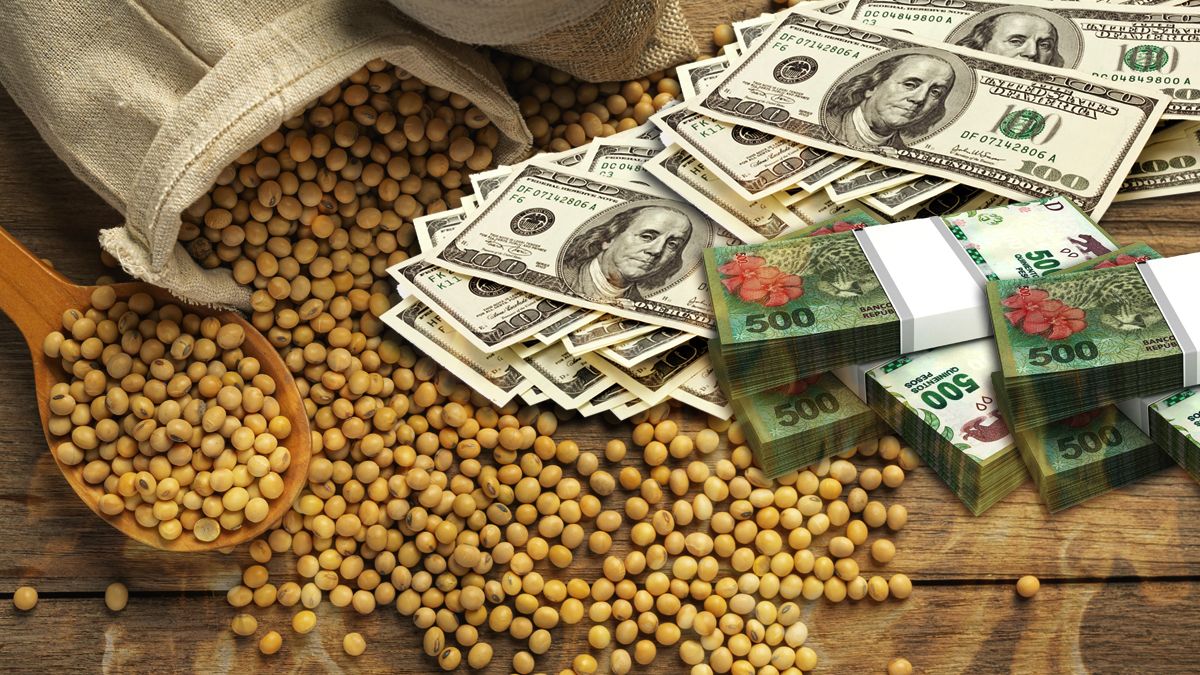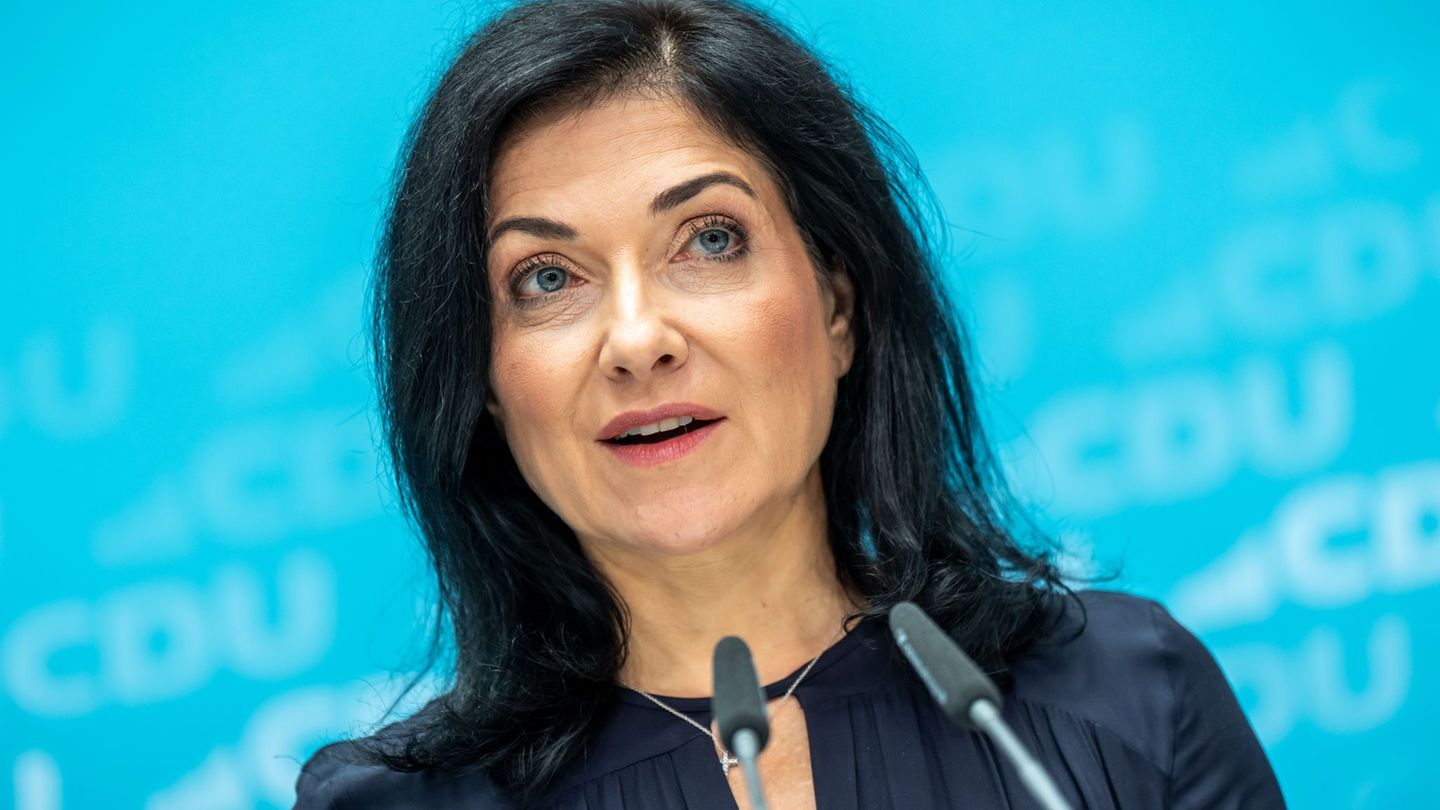However, he warns that the context this time is a little different, since current settlement expectations are lower than those of the previous (remember that in the previous edition they were more than US$8,000 million), therefore, “taking into account that the soybean dollar 2 ends on December 30, the accounts will have to be done to assess whether the Government is not going to to need to resort to some other solution before the liquidation of the gross harvest begins” (which begins at the end of March).
The lessons that the soybean dollar left 1
Since the end of the soybean dollar 1, reserves have fallen by approximately US$1.5 billion. Although this new measure has been effective in reducing this negative balance (in fact, the November one went from US$950 million to US$672 million in three days) “the numbers are much tighter than in the previous edition”, according to Pretty.
However, with this scenario, the analyst expects the settlements to continue firmas has been seen in the first days of the program’s launch, above all, because the conditions for producers are very attractive. “The issue is what producers will do with the amount produced in pesos, if they invest it in that currency or if they take refuge in an instrument such as dual bonds or a dollar-linked instrument,” anticipates the Enough.
Let’s remember that agricultural companies cannot do MEP. This is the product of a BCRA decision that dates back to September 19, with the soybean dollar 1 already in place. At that time, the producers who sold the crop in pesos benefited from a dollar price that was higher than the official price until September 30. The field began to settle heavily, but the pesos it received for those settlements went to the alternative exchange rates and began to push prices up.
Despite the controlled dollar, doubts persist over the BCRA debt stock
The BCRA accumulated dollars with the first edition of the differentiated exchange rate for soybeans.
In view of this situation, the Central Bank ordered, through Communication “A” 7609, that business clients of financial entities residing in the country engaged in agricultural activity that benefited from the program could not access the exchange market to make purchases of foreign currency, not even for operations with derivatives (which allow make a profit without risk, taking advantage of some price difference opportunity).
In recent months, the The combination of a stable dollar and interest rates that match monthly inflation sparked the carry-trade. However, some voices in the market raise the possibility that this stage is coming to an end. Then, Is the carry-trade coming back or not?
Also with the precedent of the first edition in mind, the economist Adrian Yarde Buller he anticipates that, if the objective of the soybean dollar II is met, “it will serve to alleviate the fears surrounding a devaluation jump.” But, as seen in the market, he warns that will result in a greater tendency to carry out trades and has as its counterpart an increase in the monetary issue, two elements that will probably generate some pressure on the implicit exchange rate in financial assets.
Carry 2: what will the route of the pesos of the new soybean dollar be like?
In this sense, from the Bull Market Brokers Research team, warn that “the carry 2 (that is, the carry trade that will take place after the reissue of the soybean dollar) has a very serious problem, and that is that a large part of the pesos are today in fixed terms and the risk of a ‘ door 12’ is tall”. Thus, they warn about the possibility of a massive outflow of fixed-term pesos towards other assets to obtain better profitability.
According to the analysts of that brokerage house, a big problem that would arise in the face of a phenomenon of this type is that agricultural companies cannot make MEP dollars, buy Cedears or ONs with cable dollars. This could imply that, if they all end up leaving the fixed terms and Mutual Investment Funds (FCI) money market at the same time, could choose to go “toward today’s star of the market, which is global bonds”. These instruments have a parity of 25% and pay in January dollars with double-digit current coupons, which makes them very attractive.
For his part, Mauro Cognettapartner and director of Focus Investments, believes that The decision to carry-trade or not will be closely linked to the investor’s profile. “Someone risky should take into account that the free dollar can make a strong jump at any time. While the rates are tempting, inflation is close to nominal returns so there could be a risk that they could turn negative in real terms,” she observes.
Meanwhile, for a more conservative investor, points out that the most logical decision would be to dollarize portfolios. And it is that he considers that, despite the fact that there was an advance in free dollars, if one looks at them with a medium or long-term perspective, the price is still behind inflation. Consequently, and taking into account that the new soybean dollar will generate a greater presence of pesos in the market, it does not rule out that there will be a rise in alternative exchange rates, especially taking into account that the market may be stressed by the difficulty to place debt that the Treasury has been having.
From the Bull Market Brokers Research team, meanwhile, they anticipate that “surely, the carry trade linked to soybeans will happen after the relaunch of the differentiated dollar for the sector and they expect it to go “against Leliqs and national Treasury bonds, thus obtaining indirect financing for Massa in December”, but they indicate that in this move they will assume a high risk, so it is probable that, towards March, a different direction will be given to those capitals.
“The world of sovereign debt ends in April-May, from that moment on everyone will seek to become a dollar. With the stock of pesos that there is today in a fixed term, an avalanche effect is feasible and today it is our greatest fear ”, they warn.
Soybeans pesos.jpg

The pesos that the producers will receive from the soybean dollar would go to the carry trade
Courtesy: Lancetalent
A changüí in December after the launch of the new soybean dollar
In short, the market does not rule out that the new soybean dollar will encourage carry-trade by investors. Nevertheless, Juan Jose Vazquez, Head of Research at Cohen Aliados Financieros mentions that a seasonal element could help slow this trend initially.
“In December there is a seasonal demand for pesos that can help offset the carry trade”, he points out. But he points out, on the other hand, that, eventually, any issuance of pesos can generate demand for dollars, even if many of the players that settle do not go to financial dollars for regulatory reasons.
Thus, as Yarde Buller foresees, “in the very short term, it is likely that the pressure on the dollar from the carry trade as a result of the soybean program will not be seen so clearly because in December the seasonal increase in demand always helps of money”, but does not rule out that this greater issuance due to the BCRA purchases of dollars eventually ends up being reflected on the financial exchange rates.
However, Vázquez argues that if the BCRA gives access to the official exchange market to soybeans that settle under the program, it will help dissipate demand for MEP and CCL dollars.
Source: Ambito
I am a 24-year-old writer and journalist who has been working in the news industry for the past two years. I write primarily about market news, so if you’re looking for insights into what’s going on in the stock market or economic indicators, you’ve come to the right place. I also dabble in writing articles on lifestyle trends and pop culture news.




